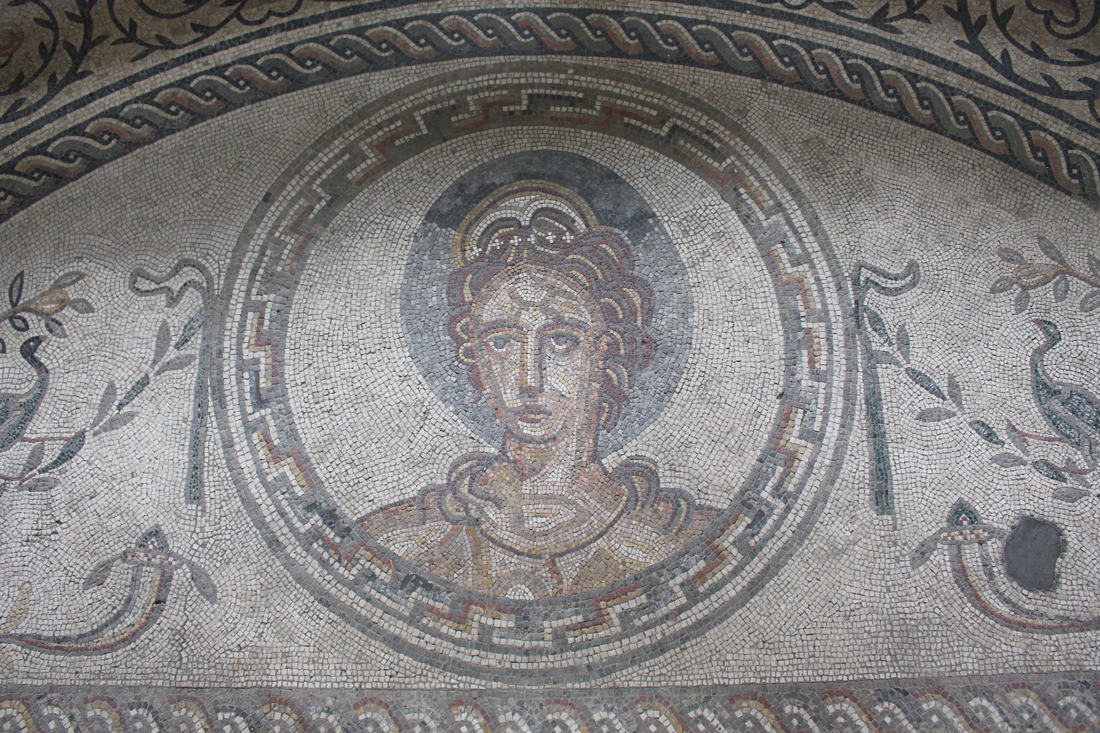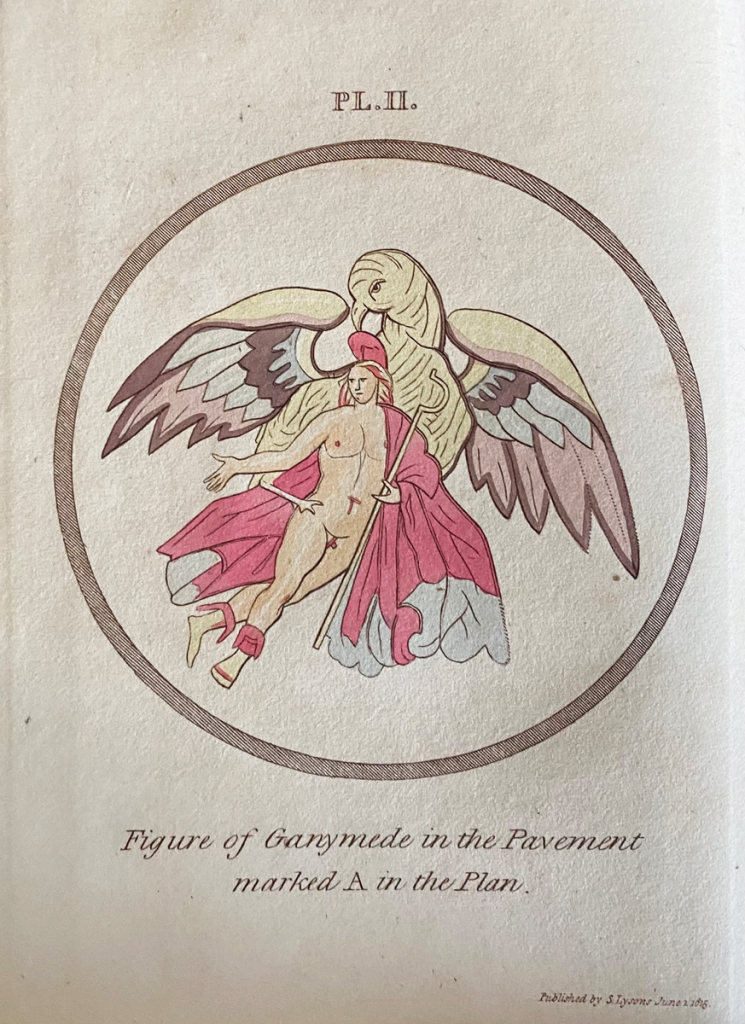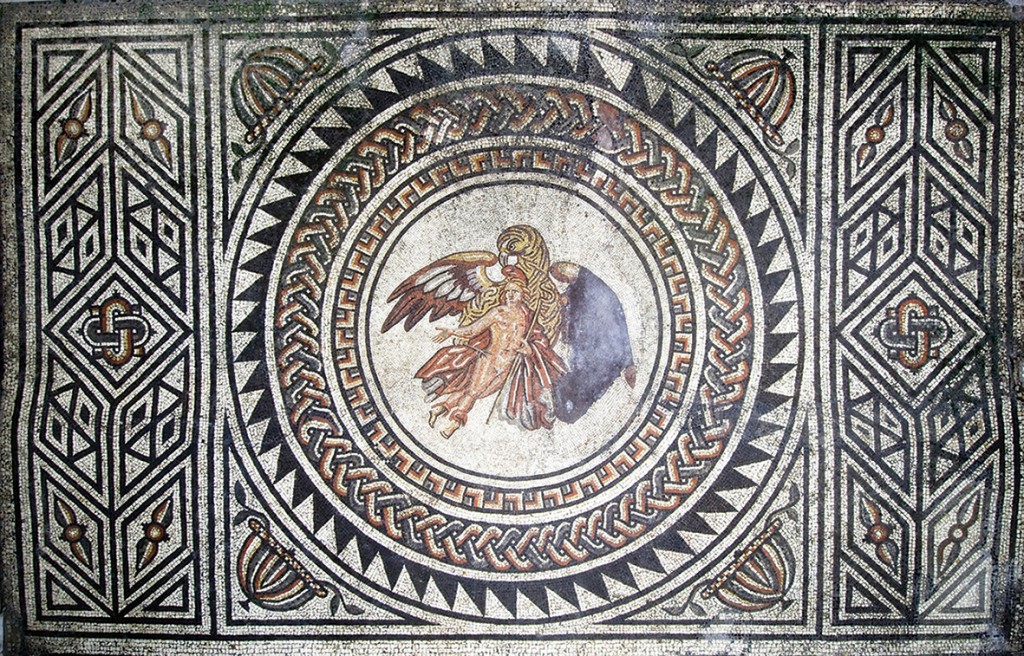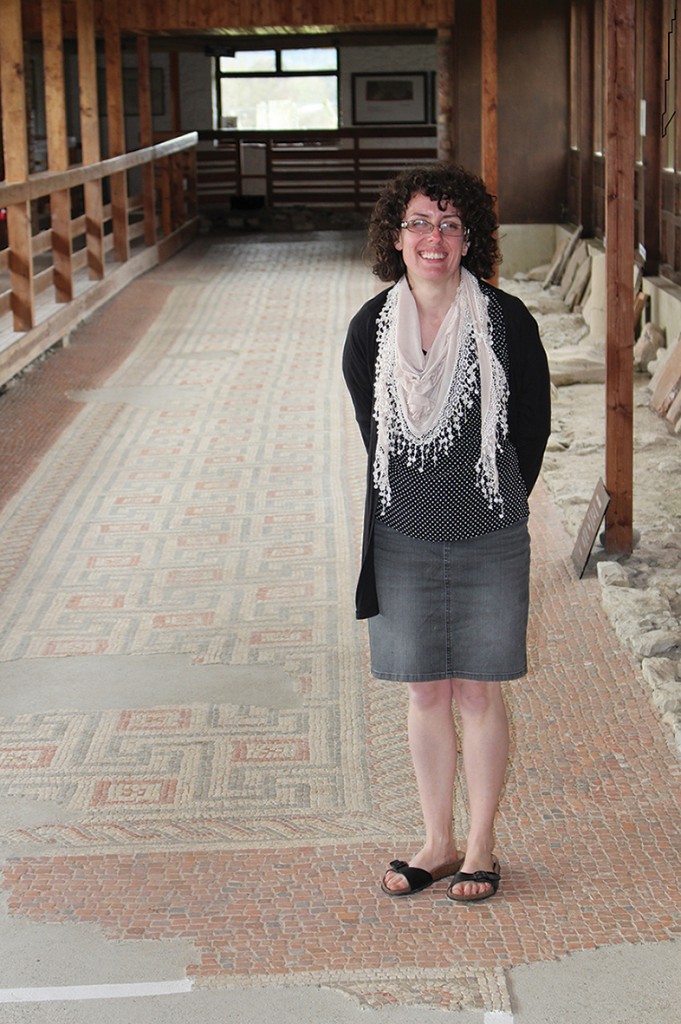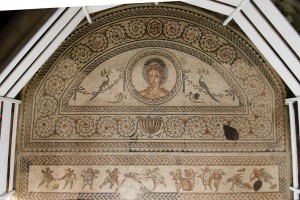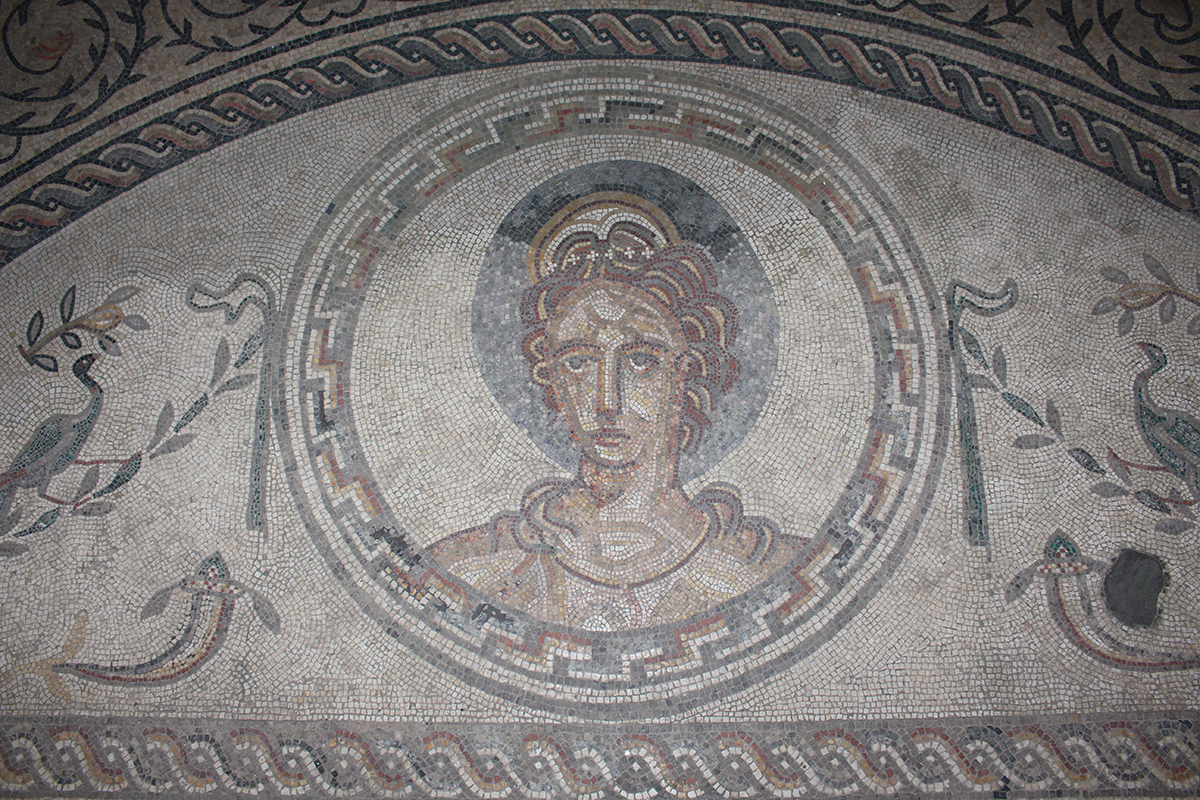 The Bignor Roman Villa is, for me, one of the most special places in all of England. The remains of this important Villa nestle in the beautiful Bignor valley in view of the Sussex Downs. Bignor Villa would have been a short distance from the important Stane Street which linked London with Chichester in the first century AD.
The Bignor Roman Villa is, for me, one of the most special places in all of England. The remains of this important Villa nestle in the beautiful Bignor valley in view of the Sussex Downs. Bignor Villa would have been a short distance from the important Stane Street which linked London with Chichester in the first century AD.
The remarkable Roman mosaic floors can still be seen and are open to the public. They are amongst the finest in the country.
The Villa was discovered on the morning of Thursday 18th July 1811 when George Tupper hit what appeared to be a large stone whilst ploughing in Bury Field near the village of Bignor at the foot of the Sussex Downs. He cleared a small area and found the tessellated face of a young man. Further excavation revealed a scene depicting Jupiter (Zeus in the Greek) in the guise of an eagle abducting the shepherd boy, Ganymede.
The excavations were supervised and recorded by the antiquarian Samuel Lysons.
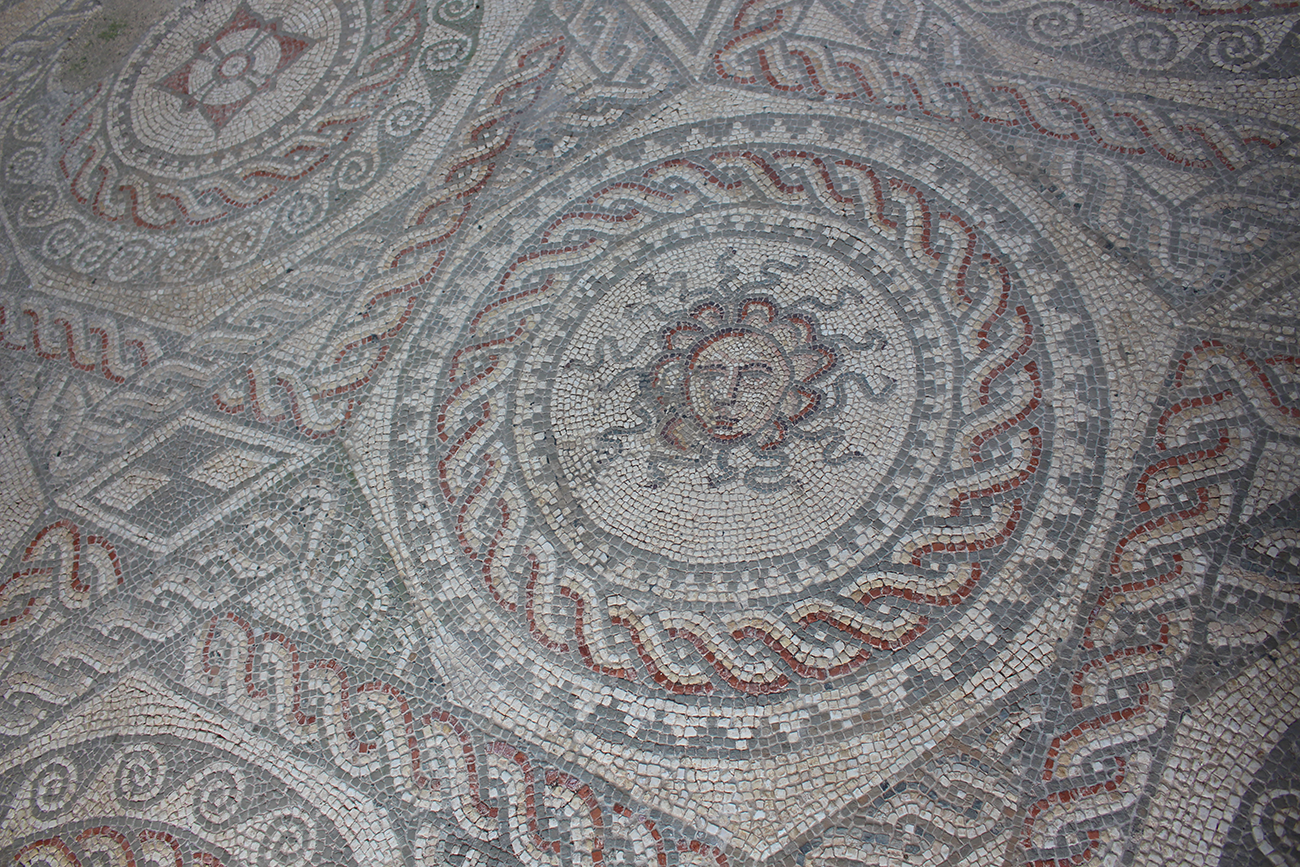 This remarkable find was reburied until the June of 1812 and guarded by one of Tupper’s sons. The thatched cover buildings were designed to protect the mosaics and are a distinctive feature at Bignor. Built in 1812 they are amongst the earliest examples of their type in the British Isles. Arguably the most important discovery of 1812 was the Venus mask. This beautifully conceived female head is surrounded by a nimbus in a circle flanked by what are thought to be peacocks, or long-tailed pheasants and leaf sprays.
This remarkable find was reburied until the June of 1812 and guarded by one of Tupper’s sons. The thatched cover buildings were designed to protect the mosaics and are a distinctive feature at Bignor. Built in 1812 they are amongst the earliest examples of their type in the British Isles. Arguably the most important discovery of 1812 was the Venus mask. This beautifully conceived female head is surrounded by a nimbus in a circle flanked by what are thought to be peacocks, or long-tailed pheasants and leaf sprays.
Venus is popularly known as the Roman goddess of love. However, she is also associated with spring, gardens and fertility. These qualities made her popular with farmers, horticulturalists and landowners throughout the Roman Empire. It seems appropriate that Venus should feature so prominently at Bignor in this timeless rural setting.
The extensive hypocaust underfloor heating system in the Venus Room is partly visible today and illustrates how this room would have been warm and comfortable in the winter months.
Away from the main complex the depiction of Medusa in the Bath House delights too.
When you arrive you cannot fail to be captured by the picturesque setting and share in the sense of excitement which George Tupper must have felt on the day he discovered the Villa’s remarkable mosaic floors for the first time.
Bignor Roman Villa is open every day throughout August. There is lots for families to do including the Bignor Sunflower Maze! To find out more and plan your visit go to www.bignorromanvilla.co.uk.
